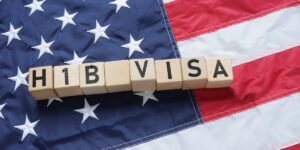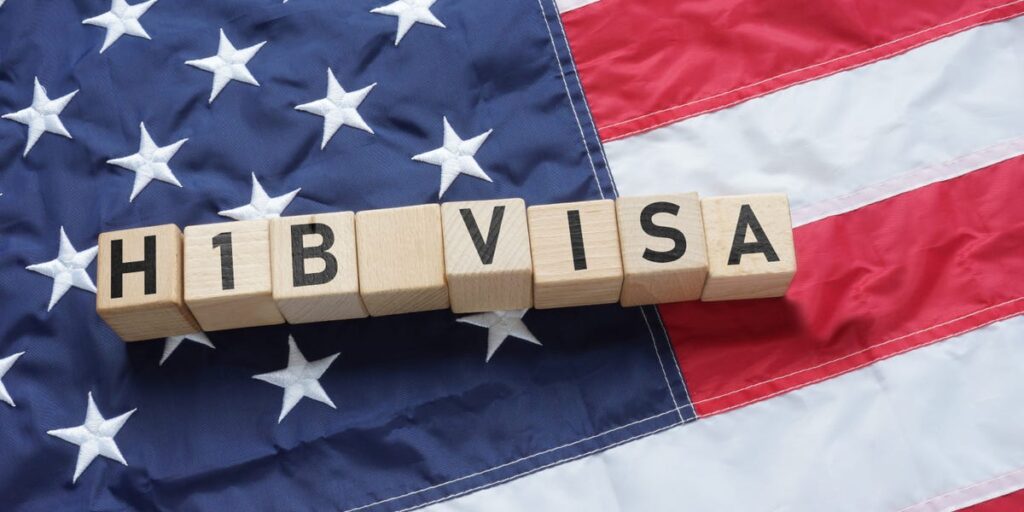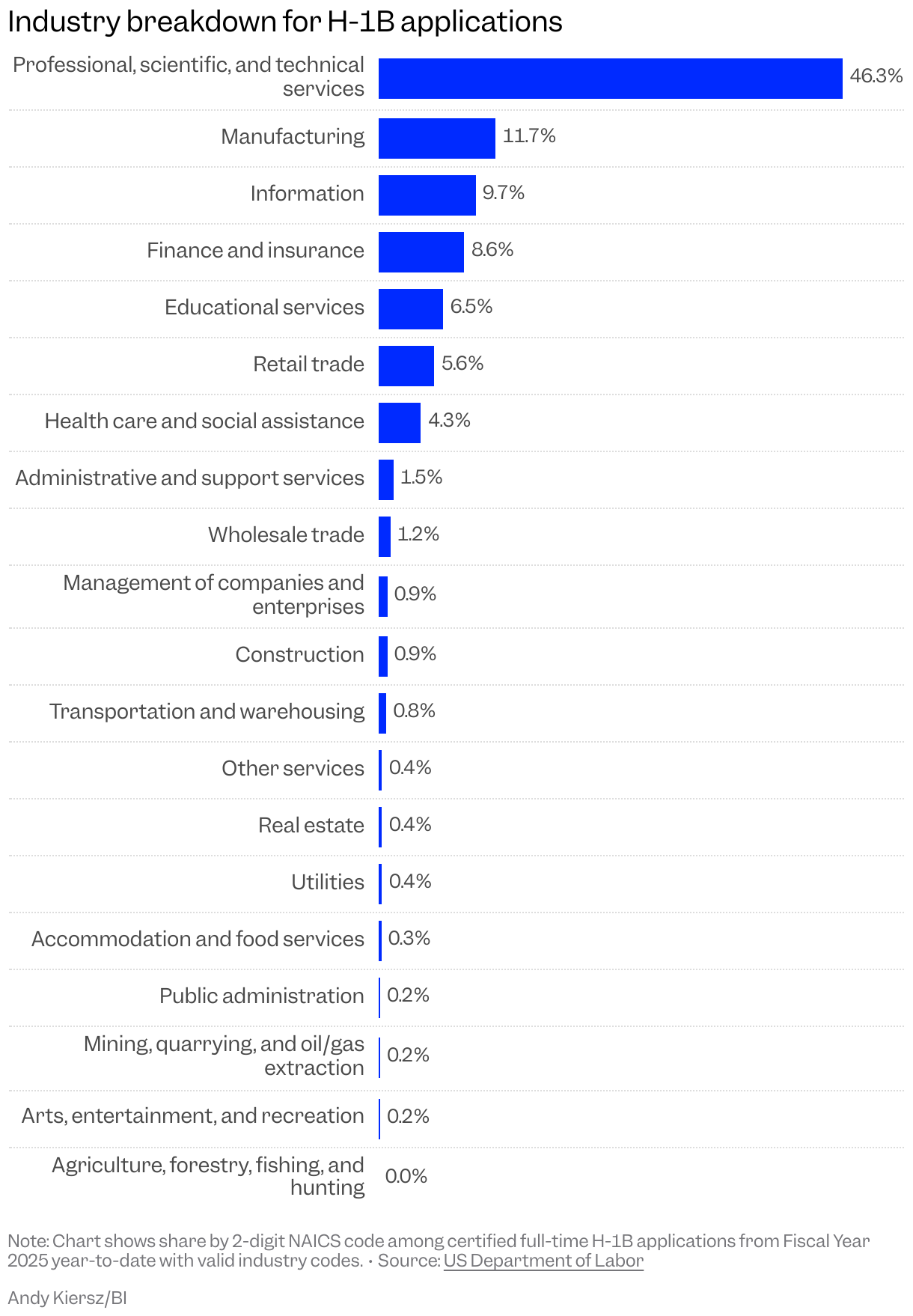Hiring skilled foreign workers through America’s H-1B program now comes at a steep price.
President Donald Trump signed an executive order on Friday requiring US employers to pay a $100,000 application fee for the visa program. The order takes effect on September 21 at 12:01 a.m. ET.
The White House told Business Insider on Saturday that the new fees would apply only to new applicants. Commerce Secretary Howard Lutnick on Friday, however, said it would also apply to renewals. The executive order itself does not specify.
Trump and Lutnick said the executive order was needed to prevent abuse of the H-1B visa program.
Workers at Amazon, Microsoft, Google, and elsewhere received memos instructing H-1B employees to avoid traveling out of the US or to return before Sunday’s deadline.
The Department of State, which issues immigrant and non-immigrant visas, told Business Insider it is “working closely with the White House and interagency partners to implement” the executive order.
Here’s everything you need to know about the H-1B program.
What is the H-1B program?
Under the Department of Labor, the H-1B program allows employers to hire non-immigrants as workers in specialized occupations. Non-immigrants refer to people who have permanent residence outside of the US but wish to temporarily enter the country for work, tourism, medical treatment, or other reasons.
A specialized occupation requires “the application of a body of highly specialized knowledge and the attainment of at least a bachelor’s degree or its equivalent,” according to the department.
What are H-1B visas for?
The Department of Labor said the H-1B program can help employers hire workers with skills not found in the US workforce.
“The intent of the H-1B provisions is to help employers who cannot otherwise obtain needed business skills and abilities from the US workforce by authorizing the temporary employment of qualified individuals who are not otherwise authorized to work in the United States,” the agency says.
Who is eligible for an H-1B visa?
US Citizenship and Immigration Services said foreign workers are eligible for the H-1B program if they:
- Hold a US bachelor’s or higher degree required by the specialty occupation from an accredited college or university;
- Hold a foreign degree that is the equivalent of a US bachelor’s or higher degree required by the specialty occupation from an accredited college or university; or
- Hold an unrestricted state license, registration, or certification that authorizes you to fully practice the specialty occupation and be immediately engaged in that specialty in the state of intended employment.
- Have education, specialized training, and/or progressively responsible experience that is equivalent to the completion of a US bachelor’s or higher degree in the specialty occupation, and have recognition of expertise in the specialty through progressively responsible positions directly related to the specialty.
The agency also outlined requirements for employers on its website.
How long are H-1B visas valid?
The US Citizenship and Immigration Services outlined several scenarios about H-1B non-immigrant status on its website, so several factors typically play a role in determining a visa’s validity.
However, the agency said that for workers who had “no pending or approved Form I-140 or labor certification,” H-1B status is “valid up to three years and “extendable up to another 3 years, for total period of admission of 6 years.”
How do employers compensate H-1B visa holders?
The Department of Labor said employers must pay foreign workers hired through the H-1B program “at least equal to the actual wage paid by the employer to other workers with similar experience and qualifications for the job in question, or the prevailing wage for the occupation in the area of intended employment — whichever is greater.”
Employers can pay H-1B workers an hourly or a salaried wage.
How much money do H-1B workers typically earn?
H-1B workers’ salaries can vary depending on the specific job and field. Employers don’t report exact salary data for H-1B workers. They do, however, report typical salaries for roles held by H-1B workers. Data from the Department of Labor shows what the likely salary ranges would be for H-1B visa holders.
About 30% of H-1B workers make $100,000 or less. Nearly 10% make over $200,000 annually.
Which industries will be most affected by Trump’s H-1B visa changes?
Data from the Department of Labor showed that “professional, scientific, and technical services” account for nearly 50% of H-1B applicants. Manufacturing ranked second.
Big Tech companies hire thousands of H-1B workers each year, meaning the new application fee could affect their workforce.
A Business Insider analysis ranked the top 40 tech companies sponsoring H-1B visas in March. The analysis, based on the number of H-1B filing requests each company made, found that Amazon topped the list at 14,783 total certified H-1B filings.
Microsoft, Alphabet, Meta, Apple, and IBM are also in the top 10.
Read the full article here




